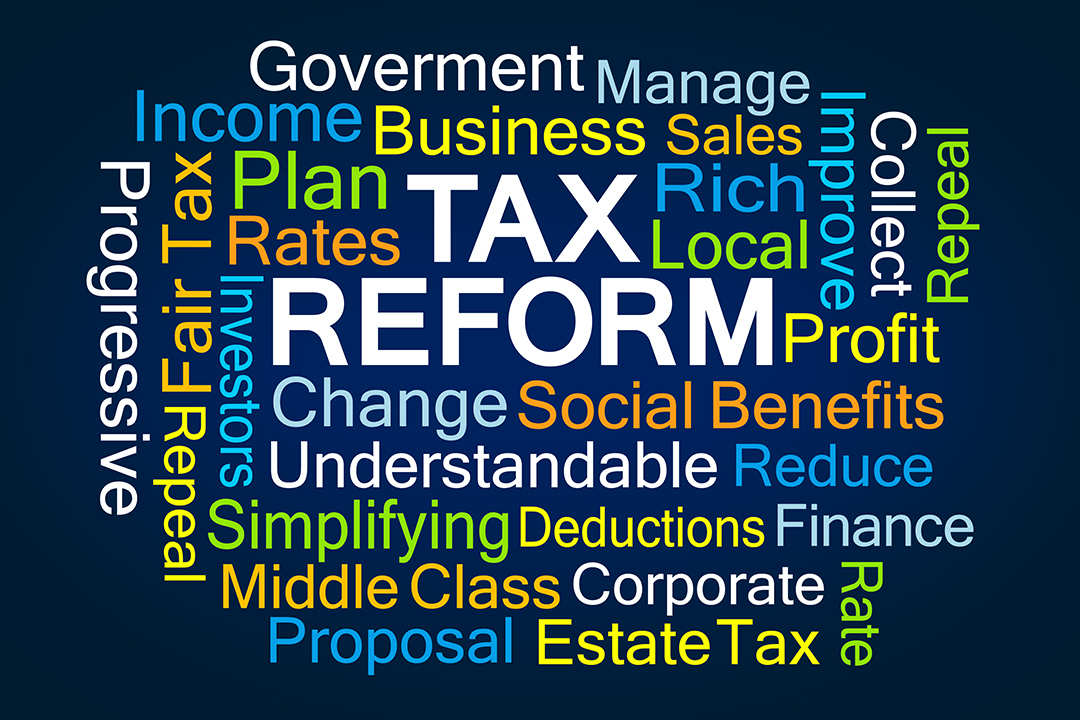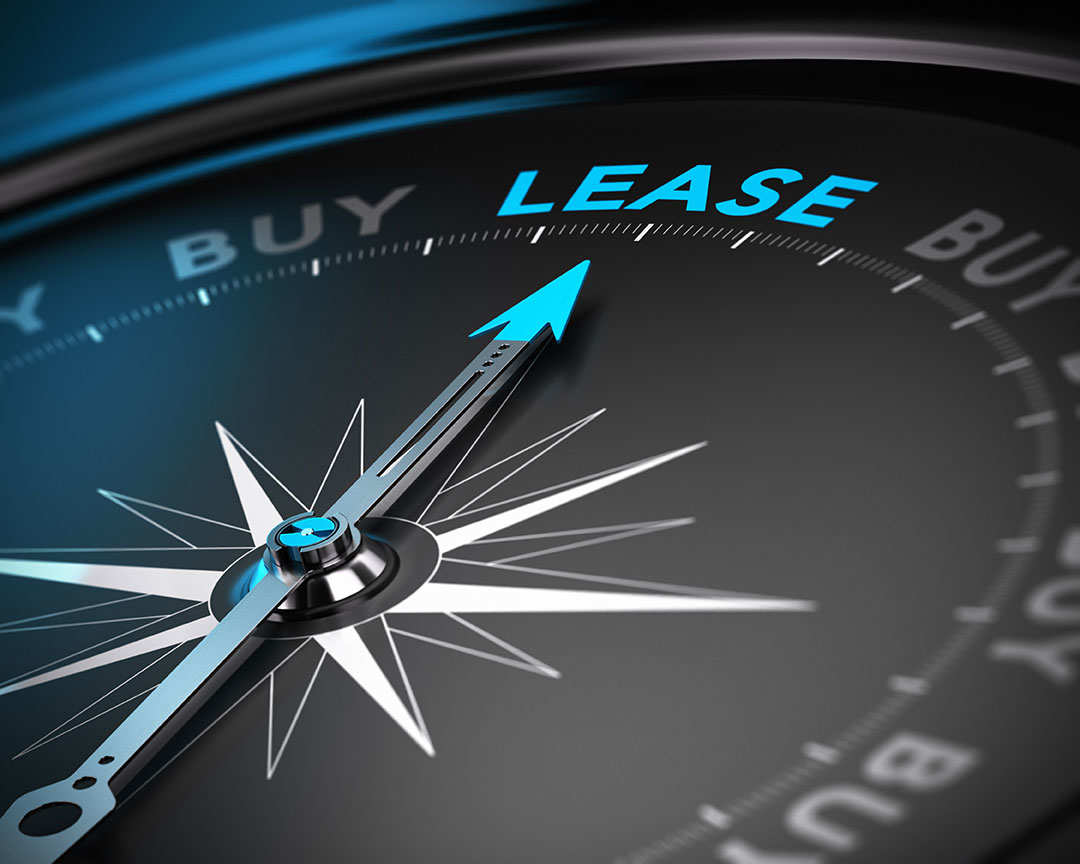Payments Portals and your Small Business
August 4, 2020
Charging it has become part of the American way of life. Whether it’s because they want to delay payments, don’t have the money currently, or simply want the convenience, consumers expect to be able to pay their bills with plastic. For a small business owner, this can present a challenge.
How do you meet consumer demand to pay by credit card but also keep your fees slow? Do you want to take down credit card numbers over the phone, or keep them on file, or is the potential liability too great? Here are a few things to think about when deciding whether or not to let your customers charge it.
Customer Demand and Use
Do your clients even want to make payments online with a credit card? If there’s little to no demand, it might not be worth your time to offer the option. Also, think about which credit cards your clients prefer using. Most people have come to expect the ability to use Visa and Mastercard, whereas Discover and Amex are less common.
If you’ve struggled with collection activities and late payments, making it easier for clients to pay could help resolve collection issues. One of the pluses of supporting payments through your website is that it also helps you expand your business to remote customers. The more you can move online, the more you can increase revenue and cuts costs, but you should keep an eye on your fees.
Credit Card and Payment Processing Fees
As anyone who’s booked an entry for credit card processing fees can tell you - those fees add up. When deciding how to accept payments from clients, consider what offering payment options will cost you.
Some card companies charge a flat per-month fee plus a per-swipe fee, which can range from 1.3% to 3.4%. The payment processor also takes a cut. When deciding which portals to use and which cards to accept, keep an eye on your bottom line.
If you’ve never offered to let clients pay by credit card before, it will be hard to estimate these fees. You can send out a survey to current clients, asking how likely they are to pay by credit card. Or, take an average of your last few months accounts receivable and roughly estimate how many of those bills you think will now be paid through the online portal.
For example, if you’ve averaged $6,000 in monthly receivables, and you estimate that 15% of your customers will start paying by credit card, multiply the expected $900/month by the credit card company fees to estimate your costs. If you have an existing banking relationship, talk to your banker about their options and if they offer a discount to bundle services.
Once you have a few months of data, you can make a more informed decision, but you should always keep an eye on your payment processing fees.
Which portal is best?
There are over 20 payment services that small businesses can use, and the options can be overwhelming. From Amazon Payments to Apple Pay to Paypal, each option has its pluses and minuses. When evaluating them, look at the following;
- How well will the service integrate with your existing website?
- Do you need to be able to accept payments by swipe or at a machine in the office?
- How many of your clients have accounts with these services?
You’ll need a professional website that integrates with your online payments. If you already have a website, talk to your web developer and ask for their recommendations. The easier it to integrate a payment portal, the less time and money it will cost you to set it up.
Do you have a lot of foot traffic or offer walk-in tax services? You may want to accept payments in the office, at the front desk, and make payment due at time of service. Look for a payment service which offers the physical ability to swipe.
While a smaller service could save you money in fees, if it’s not widely used clients may resent having to set up a new account to pay. Finding the perfect balance between wide acceptance, usability, and lower fees may take some time, but eventually your payment processing portal will help grow and support your business.









